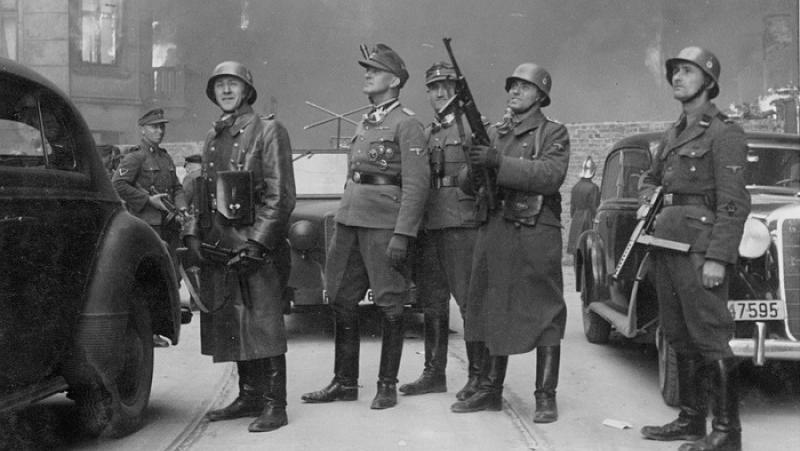The recovery in Europe continues, but remains well below the continent’s potential. There is uncertainty about the course of prices, about economic policies being implemented and also about geopolitical tensions that are constantly intensifying. Fiscal policy is needed that will rebuild safety cushions and make debts sustainable for the countries of the eurozone and the entire EU, while a bell is also rung for exposure of banks to commercial real estate.
These are the main conclusions from the new report on Europe that the International Monetary Fund has just released for Europe (Regional Economic Outlook – Europe) in the context of the annual meeting held in Washington. The Fund also makes special reference to Greece and Italy for the aging of the population and the problems that this aging creates for society and the economy.
The IMF identifies three major challenges in particular that do not allow the full potential of the European economy to be exploited: Problems in the labor force due to aging, low investment in proportion to the capital available and low productivity growth.
Population aging and Greece
The first major challenge is the slowdown in labor force growth resulting from an accelerating aging population, the Fund notes. Europe’s aging population is limiting growth, the IMF points out, arguing that such a challenge is greater in countries with a higher share of labor-intensive services – with particular reference to Greece and Italy.
Aging also slows the supply of skilled labor needed in sectors of high productive growth – for example in technology and research and development sectors, it is noted.
Need for investment
The second major challenge is the low rates of investment in relation to available funds, notes the Fund. There is talk of uncertainty about the effects of global fragmentation and trade policies, factors that could weigh on business expectations across Europe, reducing expected returns on capital and investment.
In the Central and Eastern Europe region, investment, including in the utilities and road transport sectors, is also expected to remain limited due to problems in public infrastructure. Energy price concerns are still being identified. Among non-EU members, weak governance and inefficient public institutions are characterized as additional disincentives to investment.
The big bet of productivity
Low productivity growth in Europe is identified as a third major challenge. With the exception of a temporary recovery in productivity from the very low levels observed during the pandemic and the energy shock of 2022-2023, “sluggish labor productivity growth is a persistent constraint on growth,” the Fund estimates.
Especially in advanced European economies, limiting factors are market size, less capital market financing, and a large number of “small and stagnant firms that are less innovative than in the United States and face less competition due to the fragmentation of national markets “, warns the IMF. The outlook is also hampered by uncertainty about the resilience of global supply chains, access to critical commodities and raw materials, and the resurgence of protectionism. In the Central and Eastern European region, persistently low capital intensity of production and skills gaps further constrain productivity growth, it noted.
SOURCE: ot.gr
#IMF #report #Demographics #threaten #Greece #Italy #πίνακας
![IMF report: Demographics threaten Greece and Italy [πίνακας]
– IMF report: Demographics threaten Greece and Italy [πίνακας]
–](https://www.tovima.gr/wp-content/uploads/2024/10/24/syntaxeis20-3.jpg)

